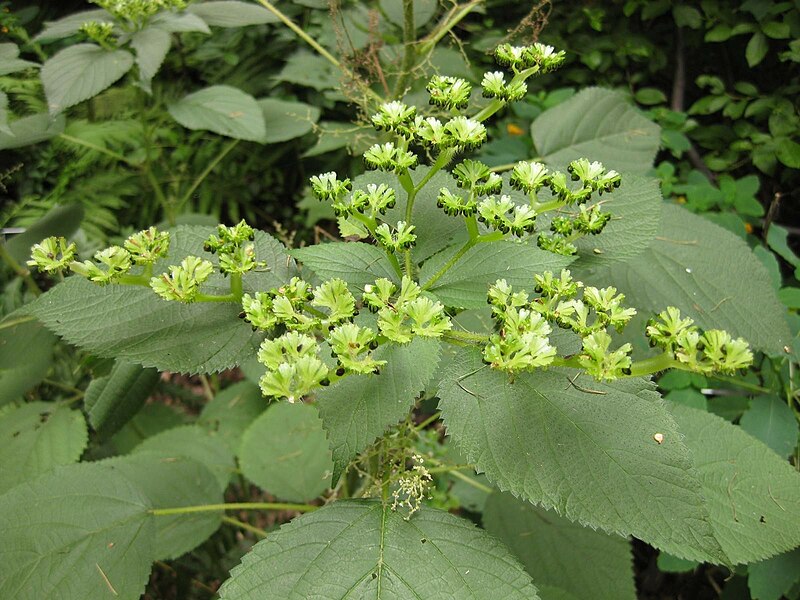
Nutrition
Majority
of the polygyrids are believed to be predominantly mycophagous,
which means they primarily feed on fungi but some have been
found to ingest on rotting wood and wood nettle (Blinn,
1963). Although
most land snails and slugs are mostly herbivores, but quite a
few will also consume animal matter of various kinds. Land
snails like the Allogona and Vespericola primarily consume
decaying vegetation, dead leaves, and animal
 wastes.
(Frest
and Johannes, 1997)
wastes.
(Frest
and Johannes, 1997)
Often land snails need peaceful vegetational land cover and an appropriate surrounding environment so they can calmly stay active and achieve maximum nutrition (Frest and Johannes, 1997)
Snails such as the Allogona lombardii uses its anterior top and bottom tentacles to feel its environment and touches every obstacle as it moves cautiously (molluscs.at, 2012). This not only helps them with move around their surrounding environment, but it also helps them locate food.
 All land snails have a unique feeding
organ called a radula to help them gather food (Hickman
et al., 2009). The radula is filled with small teeth composed
of chitin to help the snail tear, rasp, and cut food (Hickman et
al., 2009). The radula is used to bring food toward their complete
digestive system, which implies they have both an anus and a mouth (Hickman
et al., 2009). The digestive system organs include the crop,
salivary glands, stomach, digestive gland, and intestine (Hickman
et al., 2009). Digestion is extracellular and takes place in
either the lumen of the stomach or in the digestive glands (Hickman
et al., 2009).
All land snails have a unique feeding
organ called a radula to help them gather food (Hickman
et al., 2009). The radula is filled with small teeth composed
of chitin to help the snail tear, rasp, and cut food (Hickman et
al., 2009). The radula is used to bring food toward their complete
digestive system, which implies they have both an anus and a mouth (Hickman
et al., 2009). The digestive system organs include the crop,
salivary glands, stomach, digestive gland, and intestine (Hickman
et al., 2009). Digestion is extracellular and takes place in
either the lumen of the stomach or in the digestive glands (Hickman
et al., 2009).![]()